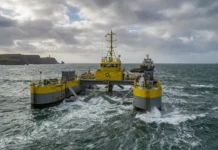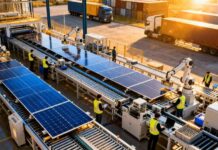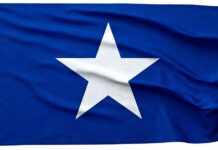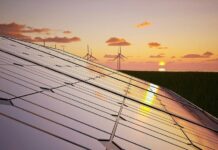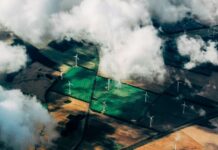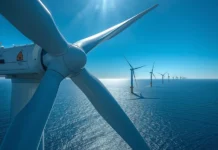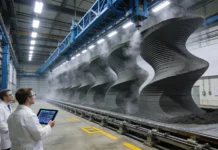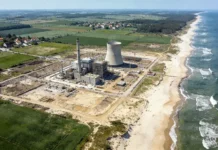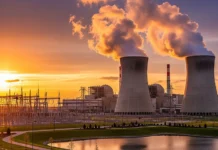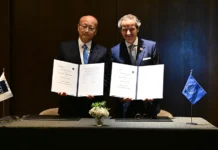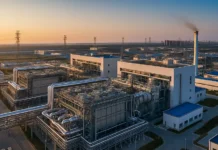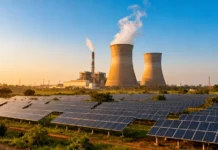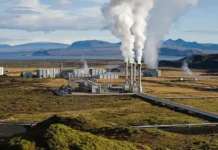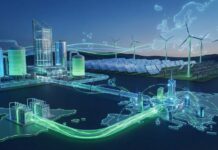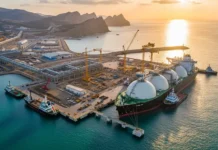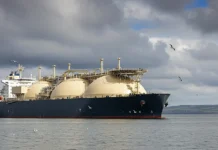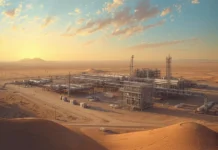For the purpose of improving the competitiveness and quality of its equipment and services, Gamesa has several R+D centres woroldwide. In these technological centers Gamesa develops, projects of technological innovation involving products and production are identified, specified and developed and the necessary technical support for the different activities of manufacturing, installation and service undertaken by the company is provided.
Gamesa’s R+D department develops new processes and products that allow Gamesa to offer the most competitive products on the market in terms of quality, price and delivery times and the development of new platforms as Gamesa 2.0-2.5 MW or Gamesa 5 MW. Gamesa 5 MW is the largest R&D project carried out by the company placing it at the technological forefront of wind turbine design and manufacture. This new generation of wind turbines, using Gamesa’s own design and technology, permits a reduction in the Cost of Energy produced by using similar equipment and transportation and installation gear as those used in the 2.0-2.5 MW product range.
The technologies incorporated into Gamesa wind turbines lead the market through
- The use of variable pitch and speed technology
- A drive train with two-bearing supported main shaft, three-stage gearbox and double-fed asynchronous generator
- The use of a single cast piece frame that permits stable mechanical behavior
- A reinforced orientation system, “Gamesa active yaw”
- A blade design technology that makes it possible to capture the maximum amount of energy and one that incorporates the latest improvements in its manufacturing process, such as the use of carbon fiber in its most advanced models
The turbines designed and manufactured by Gamesa incorporate solutions that include voltage drop ride-through devices. Indeed, the company has participated in the preparation of the main international connection regulations while offering a complete catalogue of advanced technological solutions for power electronics such as Gamesa WindFact® or commercialized QGrid products. These products ensure a more stable power supply and an improved integration of wind energy to the grid, in line with operator requirements.
In addition, Gamesa wind turbines have a series of control tools, integrated in Gamesa WindNet®, which allow the increasing requirements of international electricity system operators to be anticipated. Among these are:
- The regulation of reactive and active power, which contributes to the stability of the grid, keeping the voltage and frequency values of the system stable
- A noise reduction system, Gamesa NRS®, which makes it possible to comply with noise regulations, ensuring maximum production
- A shadow reduction system
- A wake reduction system that minimizes the negative effect of wakes on wind farms
Manufacture
Gamesa designs and manufactures several components of the wind turbines, in addition to performing its assembly. In addition, Gamesa has other companies that manufacture other major components.
This industrial capacity allows for the comprehensive control of the production process of the wind turbines, from their design to the manufacturing of the different components, in order to provide the greatest quality and to cut delivery times to a minimum.
For the assembly, Gamesa uses specialized means of transport to convey the wind turbines to their destination on the wind farm. These means of transport allow for access to any kind of terrain, including the most difficult, with a minimal impact on the environment. Once on site, the installation of the turbines is carried out.
Before the transport and assembly, various tasks are performed to prepare the land, such as concrete work and constructing the assembly platform. The latter requires compaction able to support weights of around 4kg/cm2.



